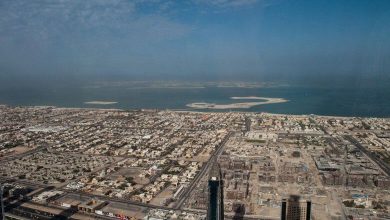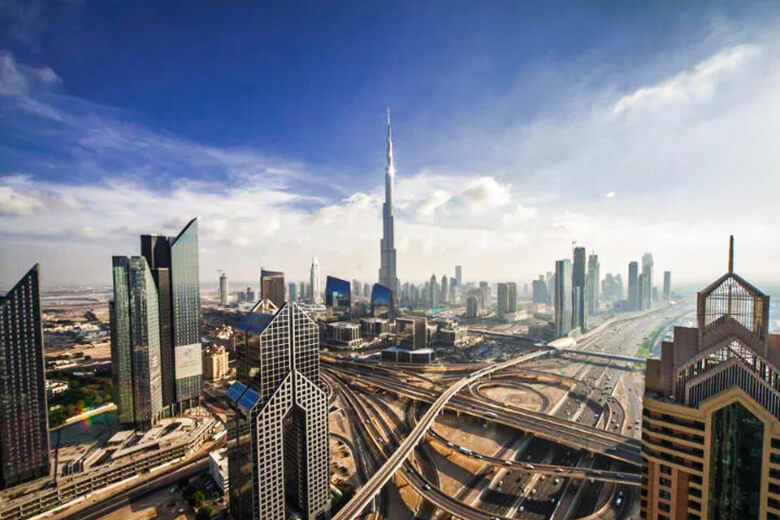
The United Arab Emirates (aka UAE) is a federation of seven emirates that spans the eastern coast of the Arabian Peninsula; the country celebrates its National Day on December 2 each year to commemorate its establishment that same year.
Despite the United Arab Emirates (UAE) relative youth (it was only formally established in 1971), the area has a long and illustrious history. Over 100,000 years of human migration and settlement are documented by artifacts discovered in the United Arab Emirates, including evidence of several ancient tribes who traded with coastal towns and the Harappan culture of the Indus Valley.
Despite its relatively short age, the United Arab Emirates (UAE) has a lengthy and eventful history that belies its ultra-modern appearance, beginning with nomadic tribes and continuing through European conquests and coastal warfare.
The United Arab Emirates (UAE) has developed into a sophisticated, economically diverse oil-exporting nation, with several tourist attractions spread throughout its many emirates.
Now let’s take a look at UAE’s history in a more detailed way.
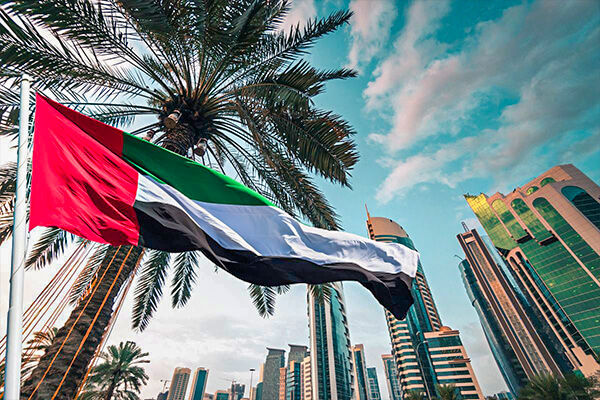
The early years of the UAE
Primitive hand axes and three types of scrapers, similar to those used by early modern humans in East Africa, were discovered in the Jebel Faya archaeological site and have been dated to around 125,000 years ago.
As the oldest evidence of modern humans ever discovered outside of Africa, this discovery is quite interesting since it suggests that modern people may have moved out of Africa earlier than previously thought.
Smaller Bedouin settlements survived the Paleolithic period by fishing and foraging for vegetation. Archaeologists have found ceramics dating to this time period in the regions now known as Sharjah, Ras Al Khaimah, Umm Al Quwain, and Abu Dhabi.
Evidence of human settlement in the Arabian Peninsula dates back to the earliest Stone Age, between about 5,000 and 3,100 BC, as evidenced by artifacts such as stone arrowheads and axe heads. The Hafit era occurred during the Bronze Age, and it was given its name because of the widespread discovery of tombs in Jebel Hafeet that were fashioned like beehives. Timeframe for this section is from 3,200 BC to 2,600 BC.
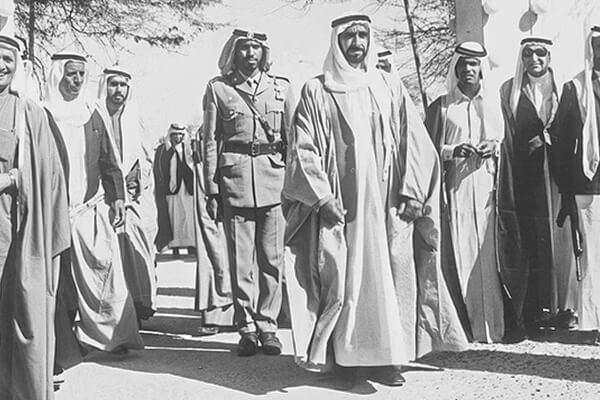
The Umm al-Nar civilization developed on the island of the same name in Abu Dhabi and dates back to the Bronze Age. More evidence of commerce between the Sumerian kingdoms and the Indus Valley civilization appears during this period of roughly six centuries (2,600 BC–2,000 BC); the subsequent Wadi Suq civilization controlled the area until about 1,300 BC.
Important artifacts unearthed on the UAE’s western and eastern shores provide strong evidence for the existence of ancient trading towns in the region. It was around this time that people began moving farther inland and growing crops like the now-iconic date palm tree, which has been linked to the advent of animal domestication.
Archaeologists have discovered more advanced tools, evidence of a thriving, progressing civilization, despite declining trading contacts with the Indus Valley.
The advent of Islam in the UAE
Since the advent of Prophet Muhammad’s envoys in 632 to proclaim the conversion of the region to Islam, Islam has been the official religion of the United Arab Emirates (UAE). Dibba (modern-day Fujairah) was the site of an important battle in the Ridda Wars, which broke out after the death of the Prophet Muhammad.
Islam was successfully introduced to the Arabian Peninsula when its followers decisively defeated their non-Muslim opponents in this decisive battle.
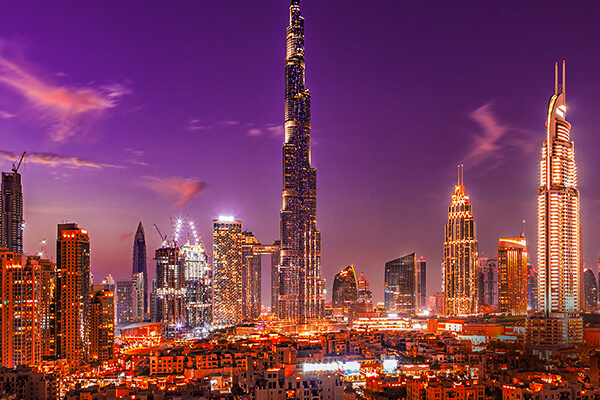
The Influence of European Countries in the UAE
Merchants from India and China came to the UAE because of its strategic location between Europe and the Far East, which was highly valued by Europeans like the Portuguese, the Dutch, and the British.
In 1498, when Vasco de Gama successfully circumnavigated the Cape of Good Hope, the Portuguese were among the first Europeans to land on the Arabian Peninsula.
The Portuguese reached the height of their maritime dominance in the 1560s, but they had already established themselves by 1515 when they fought their way into the Indian Ocean and the Gulf of Oman. They essentially monopolized the pepper and spice trade by playing the role of middlemen between Indian Ocean ports. However, by the 1640s, Ya’arabi troops had driven the Portuguese from Julfar and Dibba, and by 1650, they had retaken Muscat.
By the 17th century, the Dutch had established themselves as a preeminent naval power in the Indian Ocean and the Persian Gulf, thanks in large part to a lucrative agreement for the trade in silk with Shah Abbas I, which had been made possible by the Portuguese’s loss of control in the region. However, by the 1750s, Dutch influence had decreased in the region as a result of wars fought by the Dutch, the English, and the French.
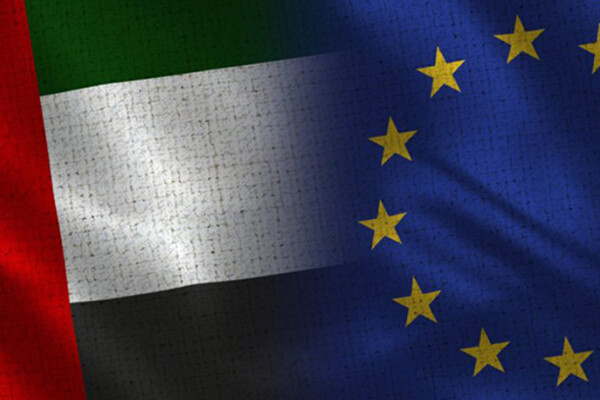
As commerce between Britain and the Gulf area expanded in the 1700s, Britain became increasingly focused on protecting its ties to India and blocking the entry of other European powers. Throughout the 18th century, there were several wars between the British and Al Qawasim.
A peace deal struck in 1809 between the British and the leader of Al Qawasim eventually fell apart in 1815, prompting an expeditionary forcke to set sail for Ras Al Khaimah.
Following their victory against the Qawasims, the British entered into a series of treaties with the sheiks of the several emirates from 1820 to 1852, promising to maintain maritime peace and desist from constructing coastal fortifications. Nonetheless, notwithstanding these accords, the frequent maritime battle remained widespread among the Arab tribes.
The pearl and oil industry in the UAE
In the meanwhile, the pearling business had a period of increase and decrease in the late nineteenth and early twentieth centuries; by 1907, more than 4,000 pearling boats were leaving from Gulf ports, making it a key economic activity for coastal villages across Eastern Arabia.
At this time, pearling was extremely lucrative due to increased demand from developing markets in Europe and India; as a result, thousands of local ships would assemble, stocked with enough supplies to survive for three months at sea.
However, commercial production of the Japanese-cultivated pearl did not begin until the late 1920s. The collapse of the pearling business in the Gulf was caused by an invasion of cheap, high-quality pearls.
However, oil firm survey teams began arriving in the UAE in the 1930s, and by 1960, Abu Dhabi was shipping out its first shipment of crude oil. Sheikh Rashid bin Saeed Al Maktoum from Dubai replaced pearling revenues by joining the shipping industry and starting oil exports in 1969, while Sheikh Zayed of Abu Dhabi increased contributions to the Trucial States Development Fund as the economy expanded.

Sheikh Zayed proposed a federation in 1968 after the British announced their exit that would comprise the seven Emirates plus Qatar and Bahrain. Bahrain and Qatar chose to go their separate ways, and the seven Emirates formed their own country without them.
The foundation of the modern UAE
Since the Arab World had never witnessed a successful federation of different components before, the proposal of a federation by Sheikh Zayed and Sheikh Rashid bin Saeed Al Maktoum in February 1968 was a huge step forward for the individual emirates.
The Council assured that the nation would be recognized as an independent sovereign state that was a member of the Arab World when preparations were made to construct a union amongst the (at that time six) emirates in July 1971.
Abu Dhabi was chosen as the interim capital, and a temporary constitution was ratified. Abu Dhabi’s ruler, Sheikh Zayed, was elected as the country’s first President, while Dubai’s ruler, Sheikh Rashid, was voted as the country’s first Vice President.
On December 2, 1971, Abu Dhabi and Dubai signed the founding treaty of the United Arab Emirates (UAE), and the next day, four other Trucial states (Ajman, Sharjah, Umm Al Quwain, and Fujairah) joined them. By the next day, a constitution had been drafted.
The emirates signed a treaty forming a union on that date; they decided to name themselves the United Arab Emirates. The seven emirates that had previously made up the ‘Trucial States’ were eventually joined by Ras Al Khaimah in the early years of 1972.

Since this historic event, the seven Emirates have come to share a common national identity, and the UAE’s political system has been crafted to ensure that the country’s longstanding heritage is protected and preserved while also adapting to modern times.
The seven emirates came together to establish the Federation because they had so much in common with one another: a shared language, religion, culture, and goals for their people and their future.
Within the bounds of the Constitution, the Federation was formed to ensure the continued sovereignty of the United Arab Emirates (UAE), ensure the safety and security of its citizens, safeguard their rights and liberties, and respect the autonomy and sovereignty of the individual Emirates (Emirates).
The United Arab Emirates (UAE) today is a powerful nation despite its relatively tiny size. Over the past 40 years or more, the country has expanded to become the center of the Arab world, owing to phenomenal economic growth spurred on by the discovery of oil.
Although the global financial crisis of 2008 hit the United Arab Emirates particularly hard, Dubai was able to recover and build the Burj Khalifa (the world’s tallest building) the following year with the help of a loan from Abu Dhabi.
Indeed, Dubai is famous all over the globe as a prime tourist destination, and the United Arab Emirates (UAE) welcomes millions of visitors each. The government’s priorities include preserving peace and fostering opportunities for new enterprises.
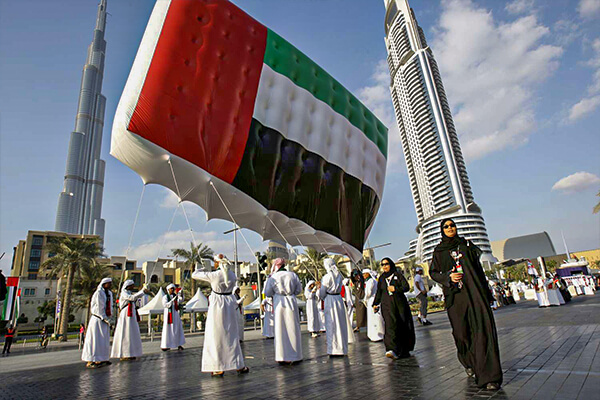
Conclusion
While many are familiar with the name United Arab Emirates (UAE), few are familiar with its history or current functioning. Do you consider the UAE to be a country? Does it consist of different nations? Who are the people who have shaped the history of the United Arab Emirates?
You should study up on UAE history if you’re thinking of relocating internationally there or even planning a couple-day trip to this beautiful country. For some background on the United Arab Emirates, here’s a quick overview.



